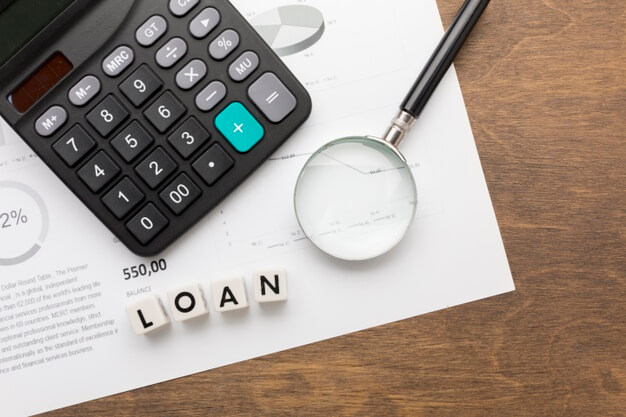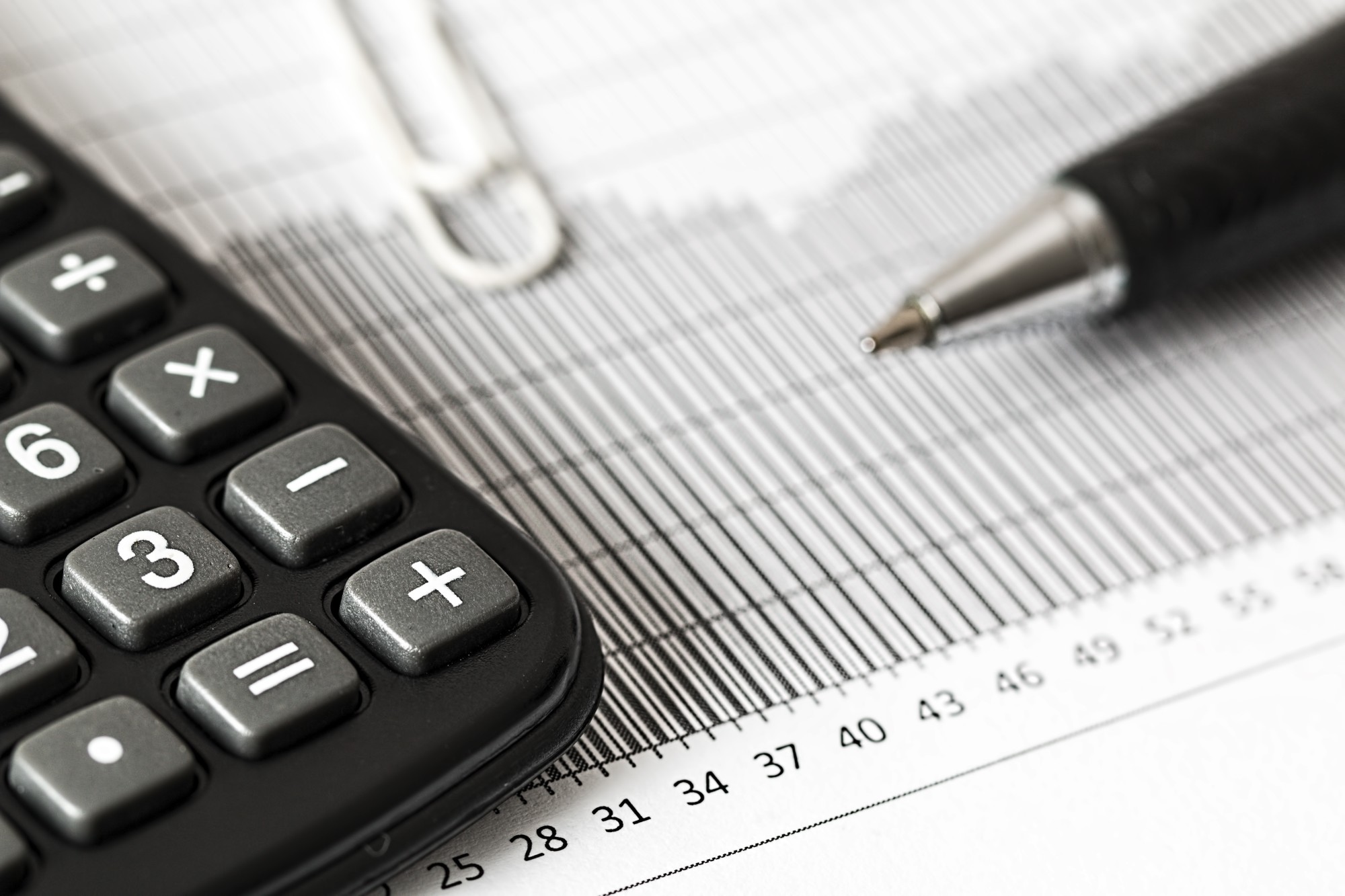For the tax year 2015, the IRS reported that taxpayers filed 150.5 million individual income tax returns, which is an increase of 1.3 percent compared to the previous year. This yielded $10.4 trillion income for the said tax year and also a 4.5 percent increase from 2014.
Here’s the thing: not everyone is able to file and pay taxes for the income earned. If you happen to be one of them, then you need to read this post to find out how you can pay off your tax debt and prevent penalties, possible jail time, and garnishment of your assets:
1. Know how much you owe :
You can’t just pay any amount just to “lower” your tax debt. Paying the amount stated on the letter from IRS doesn’t automatically mean it reflects the actual tax debt since you could be eligible for a tax credit (or IRS could be wrong too).
Therefore, find out first how much you actually owe for each tax year. This will give you a summary of your tax situation, thereby making it easier for you and your tax debt lawyers to come up with strategies that lower your debt. You can also use a tax calculator online to give you an idea of your total tax debt.
2. Consolidate the tax debt with your credit card :
First things first, it is not advisable to pay off one debt using another debt. If you owe something especially taxes, then you might want to break this rule.
IRS accepts all major credit cards like MasterCard or Visa to pay off your tax debt. Simply go to the payment page of the IRS to make a payment. Keep in mind that IRS doesn’t charge a fee for doing such transaction, although processing companies who process the payment charge up to as much as 2.35 percent. Nevertheless, make sure to pay your credit card in time.
3. Try refinancing your home :
Why not? Believe it or not, the IRS could recommend re-financing depending on the situation. If you happen to have equity such as a house and you can afford it, then you can use your assets to pay off your existing tax debt.
The good thing about this movie is that mortgage rates are typically lower compared to the rate charged by credit card companies. Also, you can take away home mortgage interest on your income tax return – and how can you say no to that?
4. Apply for Short-Term Extension to Pay :
This is only applicable if you can pay your tax debt in 120 days or less. The good thing about this arrangement is that there is no set-up fee and you can apply either online by filling out the Online Payment Agreement application or by phone. Penalties and interest fees are likewise lower, so make sure you pay within the given period granted to you.
5. Enter into an installment agreement :
Ideally, you would be able to pay off your tax debt at once. On the other hand, there are instances when you need a little more time to pay it off. In that case, consider entering into an installment agreement with the IRS.
The good thing about installment agreement is that you can apply either online or by mail. You don’t have to worry about reminders and missed payments, especially if you sign up for the monthly payment plan.
You can apply for the installment agreement if you owe $50,000 or less, which already includes combined individual income tax, interest, and penalties. When you apply for this, make sure that you filed all of your returns in order to qualify for this agreement.
How does installment agreement work? A direct debit payment plan is highly recommended because of the lower cost, hassle-free payment, and the cost for a set-up fee is more affordable compared to other payment plans.
What if you have more than $50,000 tax debt? In that case, the next tip would be your most feasible option.
6. Consider an Officer in Compromise :
Also known as OIC, this strategy could also be helpful if you want to pay off your tax debt. Unlike the Installment Agreement, Officer in Compromise is more applicable for a larger amount of tax debt.
How does this work? OIC will allow you to settle your tax debt for less than the full amount you actually owe. Filing of an income tax return and payment requirements must also be updated. Nonetheless, there are several factors IRS looks into before they agree to this kind of arrangement. This includes, but not limited to:
- Income
- Expenses
- Asset equity
- Ability to pay
Aside from this, it is IRS who will determine whether you are qualified for OIC or not. If they see that they won’t be able to collect the entire amount within a reasonable time, then you could be qualified. Check out their website to determine whether you can be qualified for this or not.
At the end of the day, it is important that you file and pay on time to avoid hassle come due date. In case there was a delay, take note of these tips and prevent the government from taking what was yours.
Read Also :






















